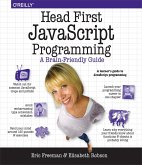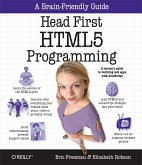
Broschiertes Buch
Building Web Apps with JavaScript
15. November 2011
O'Reilly Media
| eBook, ePUB | 20,95 € | |
| eBook, PDF | 24,95 € |
Ähnliche Artikel
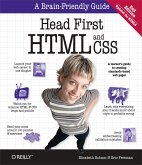
Broschiertes Buch
A Learner's Guide to Creating Standards-Based Web Pages
2nd ed.
2. Oktober 2012
O'Reilly Media

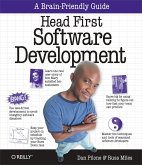
Broschiertes Buch
A Learner's Companion to Software Development
29. Januar 2008
O'Reilly Media
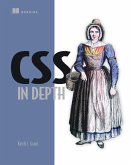
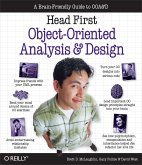
Broschiertes Buch
A Brain Friendly Guide to OOA&D
2. Januar 2007
O'Reilly Media

17,99 €
Versandfertig in über 4 Wochen
Broschiertes Buch
Exploring JavaScript and the Modern DOM
2. April 2013
O'Reilly Media

27,99 €
Versandfertig in über 4 Wochen

21,99 €
Versandfertig in 6-10 Tagen
Broschiertes Buch
Softcover reprint of the original 1st ed.
17. Oktober 2003
Apress / Springer, Berlin
978-1-59059-152-9
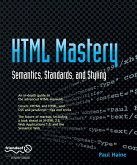
Broschiertes Buch
Semantics, Standards, and Styling
1st ed.
12. Dezember 2006
Apress
978-1-59059-765-1

Broschiertes Buch
Semantik - Design - Responsive Layouts
2. Aufl.
24. Februar 2023
Springer Berlin Heidelberg / Springer Vieweg / Springer, Berlin
89203869,978-3-662-66662-3
Ähnlichkeitssuche: Fact®Finder von OMIKRON

